Chalazion description and symptoms
What is Chalazion?
A Chalazion is a common condition affecting the eyelids. Along the edge of both, the upper and lower eyelids sit a row of oil glands. These glands, also known as the meibomian glands, produce oil, which is a vital part of your tears. Tears are a mixture of oil and water. The watery part comes from a gland under the brow bone called the lacrimal gland.
The opening of the oil duct can become inflamed and then blocked. This causes swelling of the duct and the eyelid. You can see a lump and feel it where this has occurred. The name of this condition is chalazion or meibomian cyst. In some cases, the chalazion can become infected.
In adults, it is rare for the chalazion to cause acute infection. The chalazion can vary in size and tenderness. Treatment involves hot compresses and massage to the affected lid. Use a face flannel and warm tap water to apply heat to chalazion. This will soften the oil and dilate the blocked opening to the gland. Apply this for 60-90 seconds. Then, massage the lump to encourage the gland to discharge. You may see a greyish discharge when you do this.
In some cases, the acute phase settles and you have a smaller hard lump. In such cases, your specialist can carry out a minor operation called incision and curettage under local anaesthetic. This will remove the residual swelling. Click here for images of a chalazion.
If your eyeball becomes red and painful, you should contact Ms Crawley for a review.
Also, you can go to the emergency eye clinic at The Western Eye Hospital, Imperial College Healthcare NHS Trust in Marylebone Road London.

I had the best experience working with Dr Crawley. I felt looked after and she took the time to get to know me. I would highly recommend her.

From the moment I met her to the moment I left, I was treated with great courtesy and kindness, and everything was explained to me in layman’s terms so I could fully understand my condition. I was immensely impressed.

“Thank you very much for seeing me yesterday, you were marvellous and a pride to the NHS”

Dear Laura,
Just a quick note to say thanks for looking after my mum Mrs M. so wonderfully. It was so good of you to take so much time and care as she was very worried about my appointment and you really made such a difference to my experience. Thank you.

Dear Angela and Laura,
Thank you very much for seeing me yesterday. You were both marvellous and a pride to the NHS. You could, if you two wish, send this to your line manager. Thank you again!

Dear Laura,
Enjoy your holiday and thanks for everything so far.
Best Wishes
Causes of Chalazion
Chalazia form when the opening to the meibomian gland becomes blocked. This occurs more often in people with blepharitis, rosacea and in people who have eczema.
Diagnosis and Examination of Chalazion
Ms.Crawley will examine your eyes on the slit lamp to assess the size and position of the chalazion and to look for conditions associated with it such as blepharitis and rosacea. In some cases it is possible to massage the chalazion to encourage flow from the blocked oil gland, decompressing it.
Chalazion Treatment
Hot compresses are used to soften the trapped oil and dilate the opening to the gland. This can be done with a flannel and warm tap water, a clean, warmed teaspoon or a warming eye mask. Heat should be applied for 1-3 minutes. Massaging the lump will then encourage the cyst to discharge.
If there is spreading infection in the surrounding skin, a course of oral antibiotics may be required.
If the chalazion does not settle down with heat and massage then, a procedure called “incision and curettage” is recommended.
A local anaesthetic is injected into the lid around the lump. The anaesthetic stings rather like a dental injection but it numbs the area completely. A special clamp is used to enclose the chalazion allowing incision of the lump from the inside of the lid. The contents of the chalazion are then removed or curetted. The clamp is removed, and the eye is covered with a padded dressing that should stay on for 4-6 hours. No sutures are used. The incision will heal over the next 2-3 days. An antibiotic cream or ointment is also prescribed after the procedure, and Ms Crawley will prescribe an own regime for you.
Chalazion Questions
Accreditations and Memberships
Related articles
If you have glaucoma and need cataract surgery
A fast-track treatment for individuals with glaucoma who also need cataract surgery is a game changer because it dramatically reduces the time that patients will spend in surgery and recovery. Thanks to medical advances, both conditions can now be treated in the same operation, meaning that the recovery time for patients is exactly the same as for a single cataract operation. Laura Crawley and her colleagues at the Western Eye Hospital at Imperial College NHS Healthcare Trust were one of the first teams in the UK to offer revolutionary laser therapy and micro-stent implants to glaucoma patients.
Over 60? Take this 2 minute quiz to assess your glaucoma risk
Over 60? Take this 2 minute quiz to assess your glaucoma risk 1. When did you last have a routine eye test? All routine eye tests involve measuring the pressure inside the eye [...]
Glaucoma symptoms – 5 important warning signs you need to see a professional right away
Glaucoma in its commonest form is entirely asymptomatic and you cannot rely at all on noticing a change in vision or other eye symptoms to alert you to the possibility that you might have early disease. However, there are some important warning signs you should not ignore.



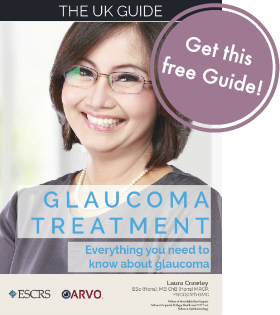

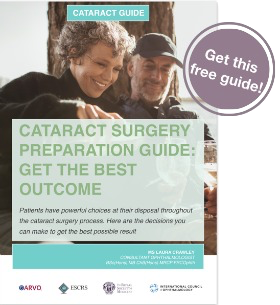









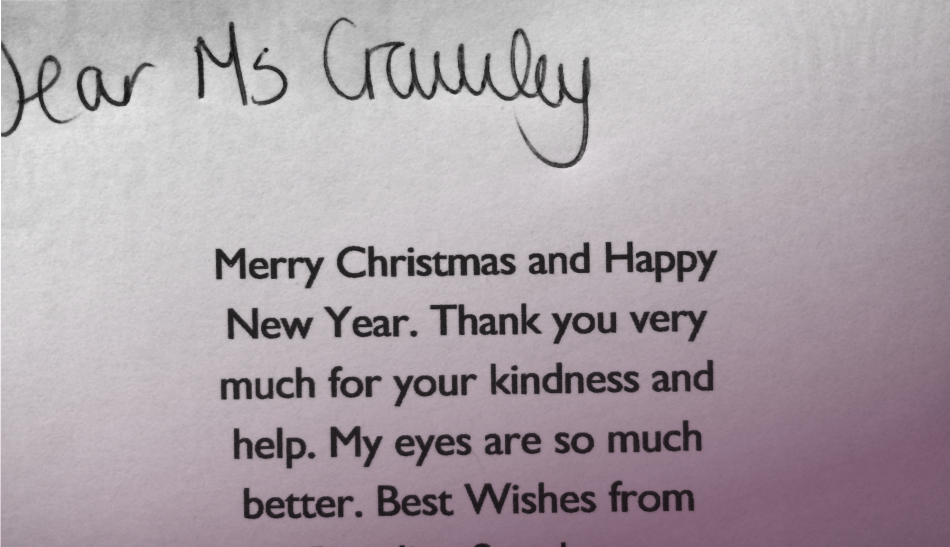
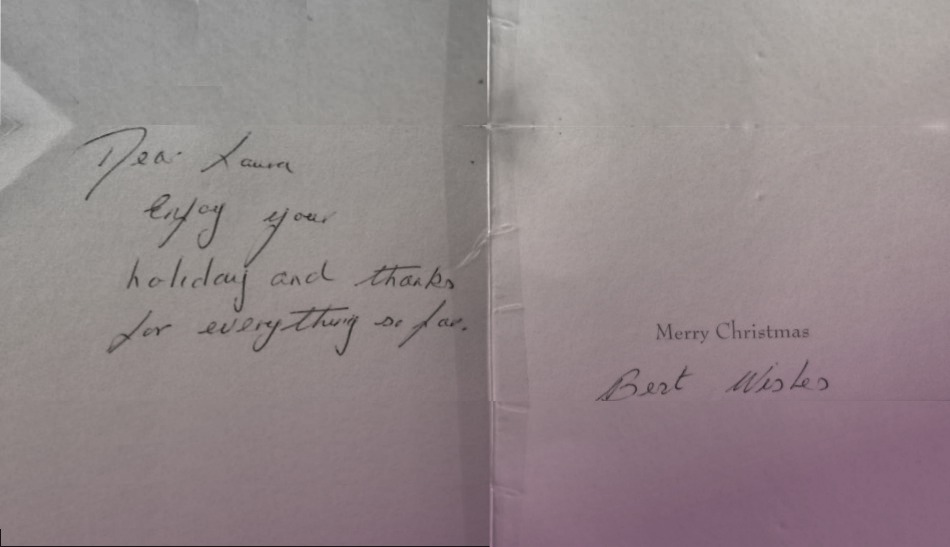
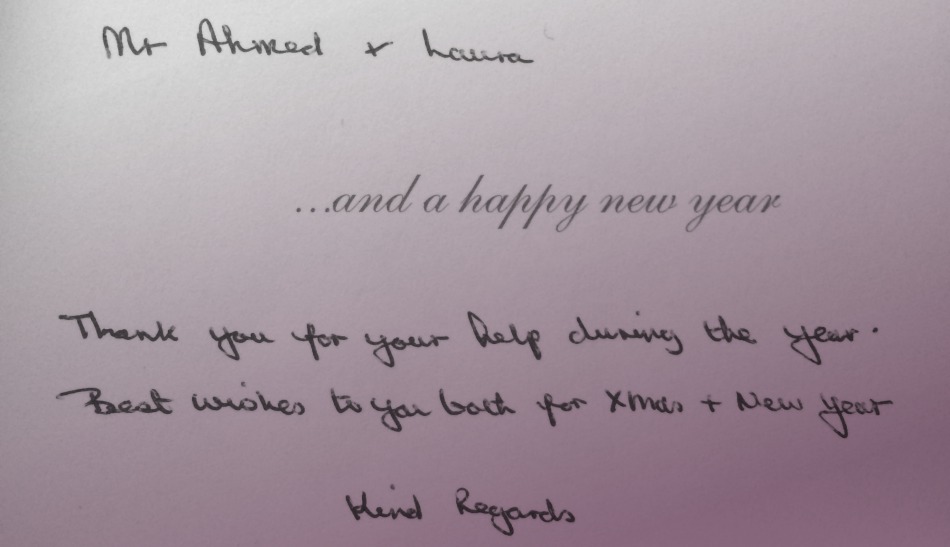
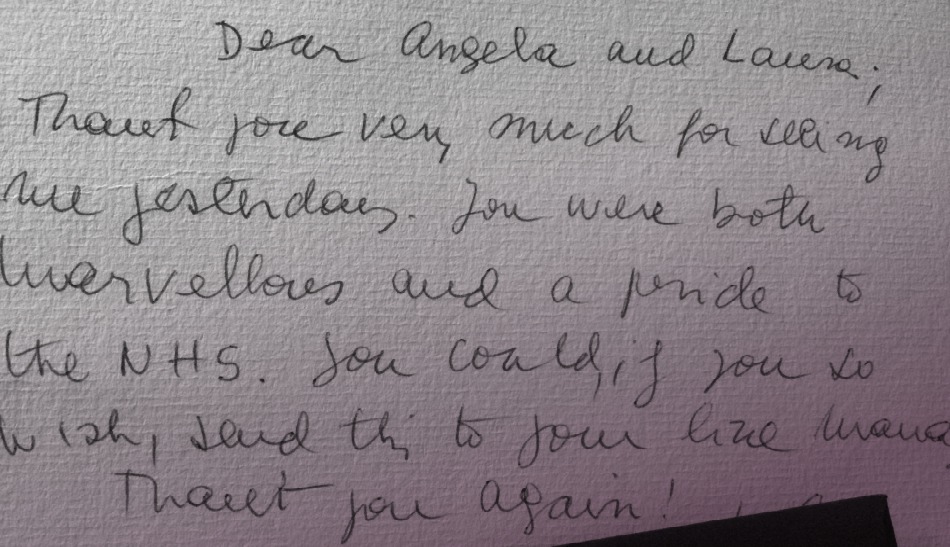
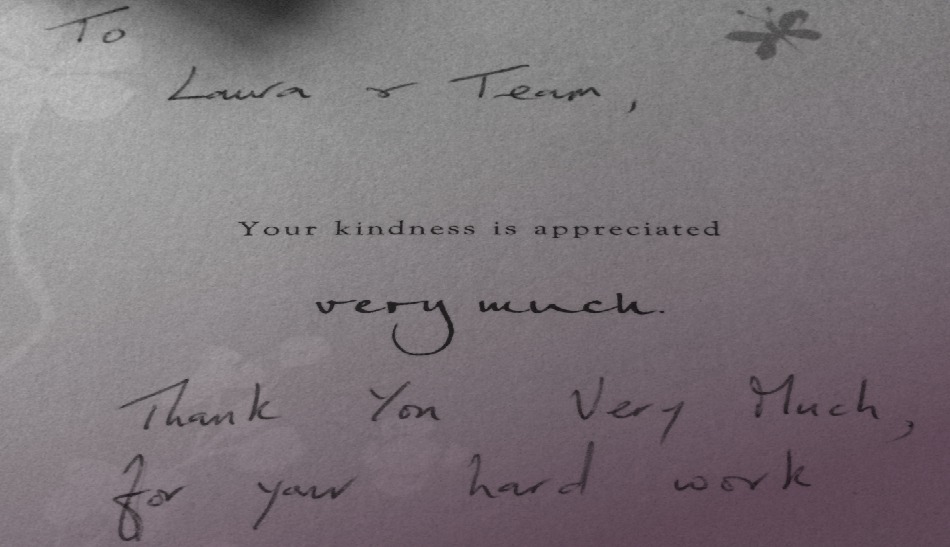



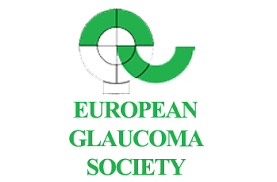

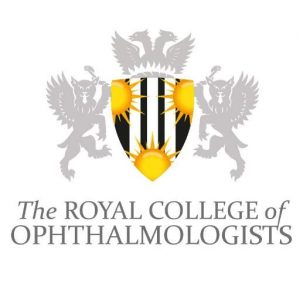

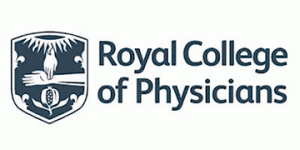

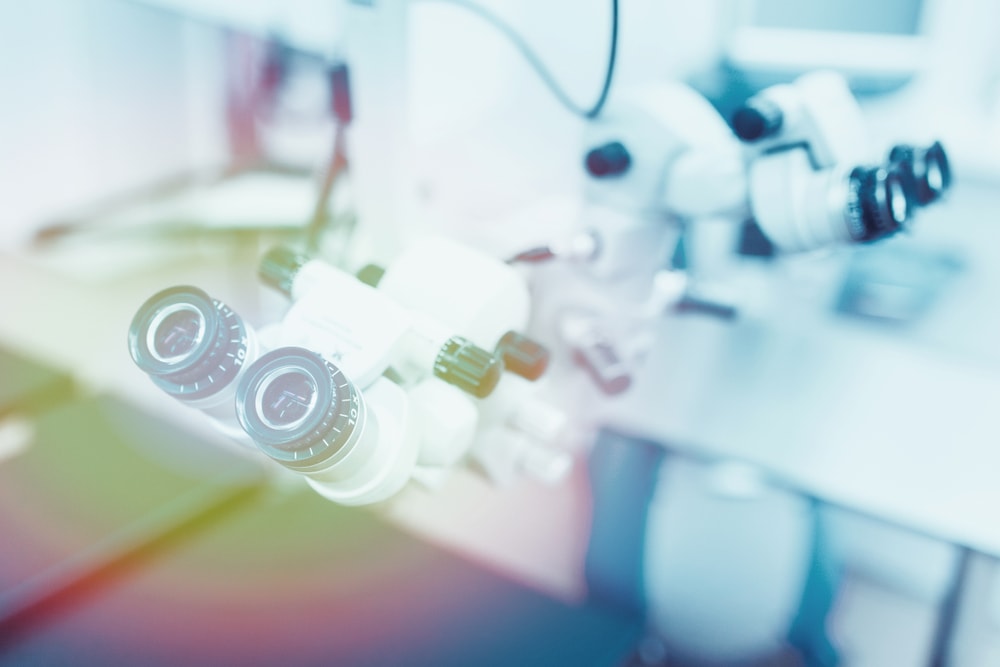

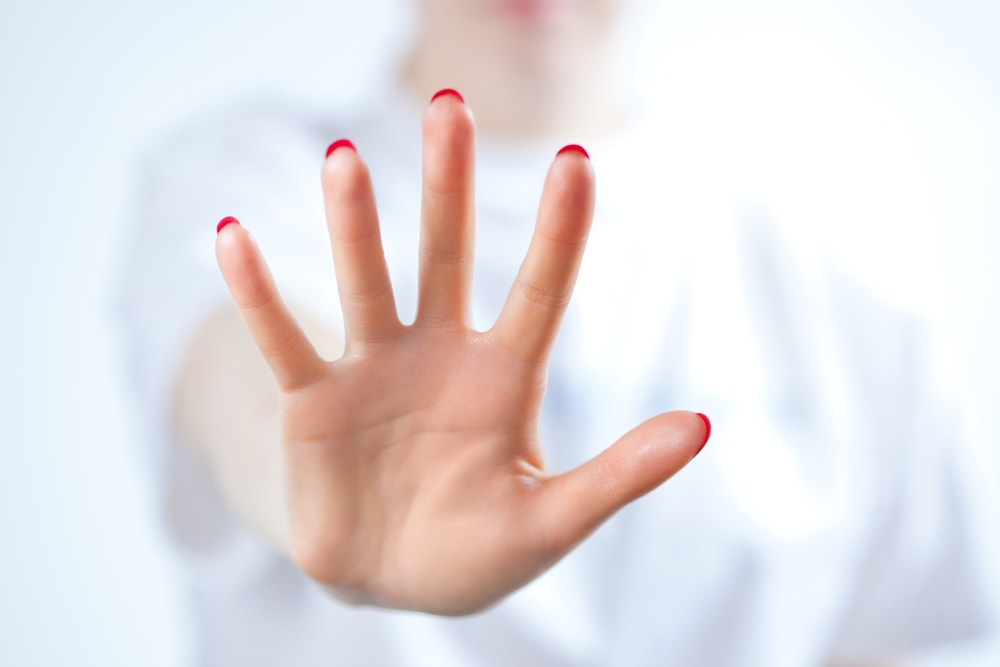
Find us on social media